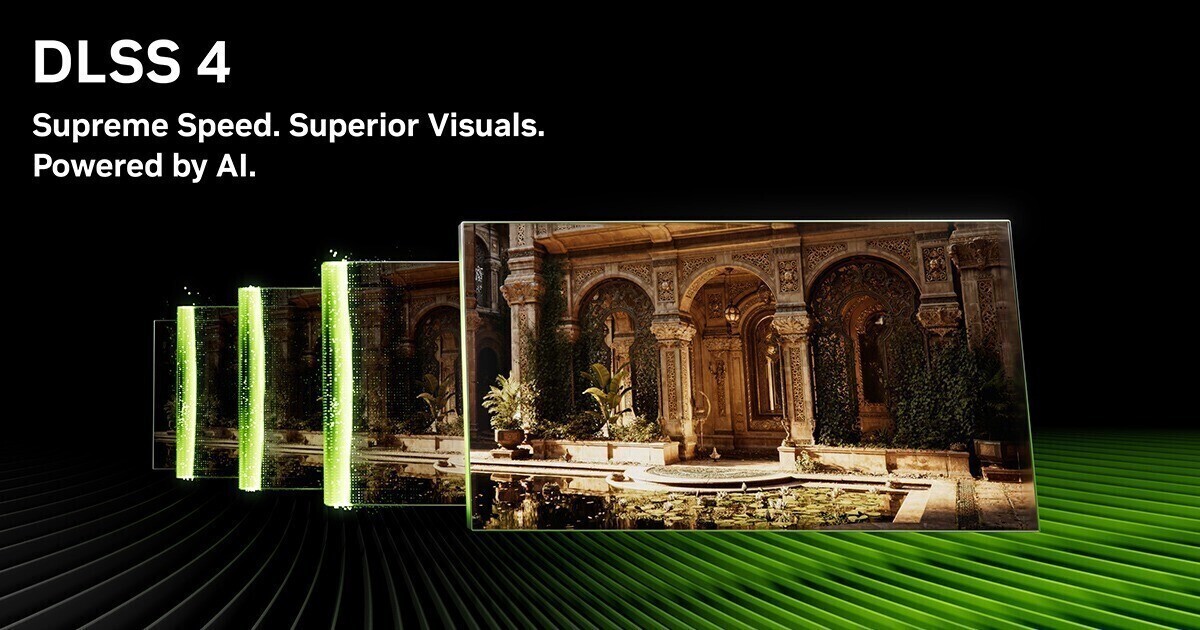NVIDIA has officially launched its DLSS Transformer model as part of the 310.3.0 SDK, which combines advanced upscaling with a significant reduction in video memory requirements. This update specifically caters to gamers using 8 GB or lower graphics cards by cutting VRAM usage by 20%. Unlike previous versions of DLSS that relied on convolutional neural networks to guess missing pixels, the Transformer approach analyzes the relationships among all pixels in a frame and applies that knowledge across multiple frames. Despite the increased complexity of this method, NVIDIA's engineers have optimized their memory management processes to maintain efficient resource usage and deliver sharper, more consistent visuals.
When tested at standard resolutions, the improvements are impressive: running DLSS at 1080p now only requires 87.8 MB of VRAM, compared to 106.9 MB in the previous SDK release. Similar reductions of approximately 20% are seen at 1440p, 4K, and even 8K. For users with GPUs that have limited memory, these savings result in smoother performance and the ability to enable more advanced graphics features without sacrificing image quality. Game developers and engine partners can anticipate integrating the DLSS Transformer model into their games and tools in the coming months, with early tests already showing clearer edges, more consistent frame rates, and consistently high upscaling performance.
